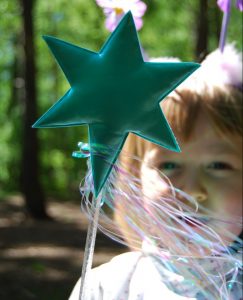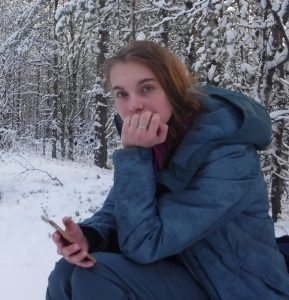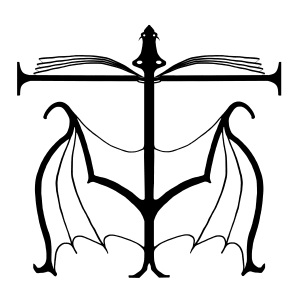That is the question… Or at least the one that suddenly occurred to me to wrestle with. I’d been watching a YouTube recording of one of Brandon Sanderson’s lectures on writing at BYU that focused on genre and parsed out YA (Young Adult) from other writing in a way I hadn’t previously considered.
My Fantasy Of Myself As A Fantasy Writer

I’d been solidly thinking of myself as a Fantasy author. One who had covert plans to sneak across the lines and play in Science Fiction a few books down the way. Pegging my books was giving me trouble—the first was essentially Urban Fantasy (although set at a remote boarding school), the other already in edits was Epic Fantasy with Science Fiction elements, the one I had in draft was more Urban Fantasy. In outline I had a Space Opera, another Urban Fantasy book, a Dystopian, and of all things a pair of fantasy books (one modern day urban fantasy and the other an extreme prequel in medieval history).

So Little Time…
Genre problems—mega genre problems. (If you want to know why this is a bad idea read my Neptune’s Sandbox articles).

Protagonist Choice Can Predispose Genre
But here, today, I want to talk about the revelation I had watching Sanderson. All those books in draft or outline had teen protagonists, except one. Generally speaking the age of your protagonist defines your readership. I’d be Fantasy, or Science Fiction or one of their sub-genres if I was writing adults—but I wasn’t. I was writing teens.
If I was writing teens I was writing for teens.
Shocking!

I sat there stunned while the world did one of those slow-motion pivots, where core concepts morph in kaleidoscopic reorientation to themselves. Writing for teens—Young Adult. I wasn’t writing Sci-Fi/Fantasy, I was writing YA!
Perhaps I shouldn’t have found this so wrenching, but it was a mortifyingly belated insight (I’ve been writing consistently for 10 years).

I’m YA?
I assumed I was writing for the adult market since that’s where I read. From middle school on I was always headed for the adult Sci-Fi/Fantasy section. I don’t think there even was a YA section at the local library back then. The adult shelves were where I found Enders Game and the EarthSea books. When I aimed to write similar stories I did contemplate genre and marketing—but always from the perspective of Sci-Fi/Fantasy and their various sub-genres.

I read adult and I assumed that’s what I was writing. But I wasn’t. Sanderson laid it out clearly—that the first criterion for slicing and dicing genres is the age of the reader. Only if you’re writing for adults do things get cut up into the various adult genre sections I’d been assuming I was in.
From the perspective of Sanderson’s logic, I was pretty strongly YA – with one outlier title with an adult protagonist. So I write YA…
That’s not a tragedy.
The All-Ages Appeal Of YA

Adults have been pillaging the YA shelves for the last couple decades. Maybe it was Harry Potter, or maybe it was the His Dark Materials books… Anyway, adults are hunting what I’m writing (specifically Fantasy) in the YA shelves. With the right YA book you can snare both readerships—teens and adults.

The upshot of adults and teens both reading the same books is that the books that become popular with both can draw huge throngs of readers into bookstores and into e-purchase. If your books cause enough family feuds—if mom is snatching the teen’s book before they are done and enough ruckus ensues—you might even end up selling multiple copies to the same household! A phenomenon that is pretty much unheard of otherwise in publishing.

So finding out I was YA a good thing. Selling the same book as YA will get me a bigger readership. Plus, now, while I’m still in revision, is the time to find out that my niche isn’t what I thought it was. I think there are some specific things I can do to maximize that potential.
See my Parent Trap YA article on what makes a book that draws both teens and parents strongly.
As for my YA—trap or treasure you decide…




